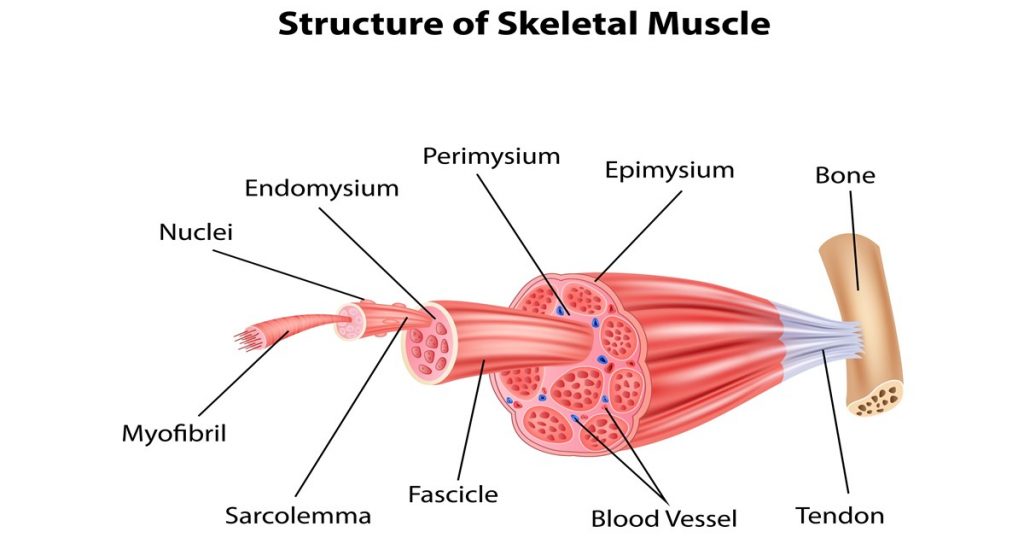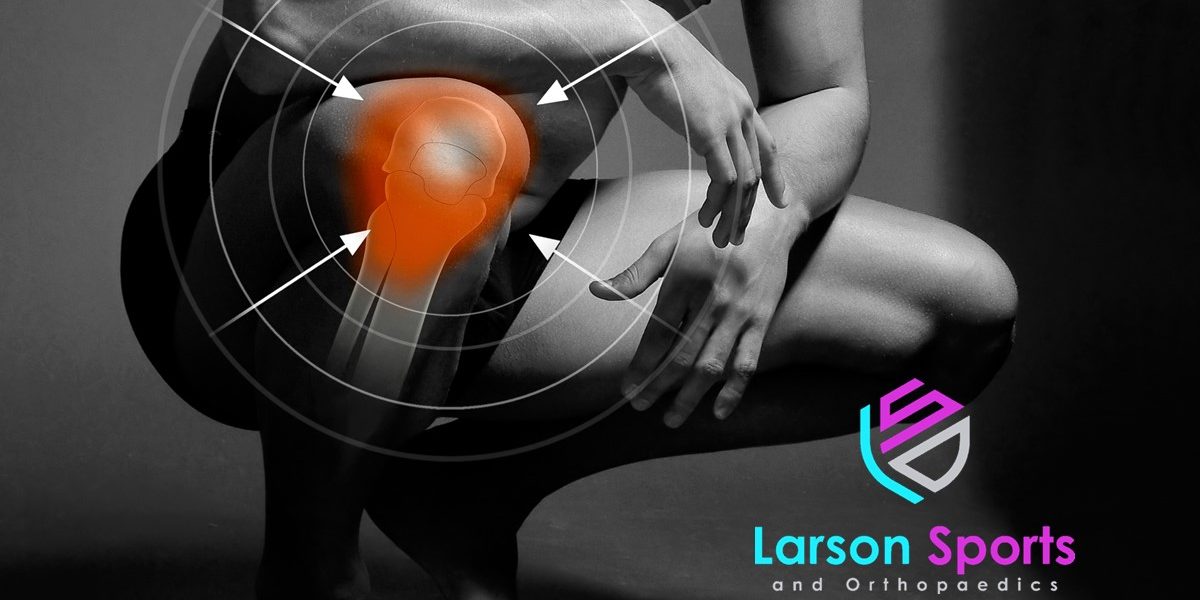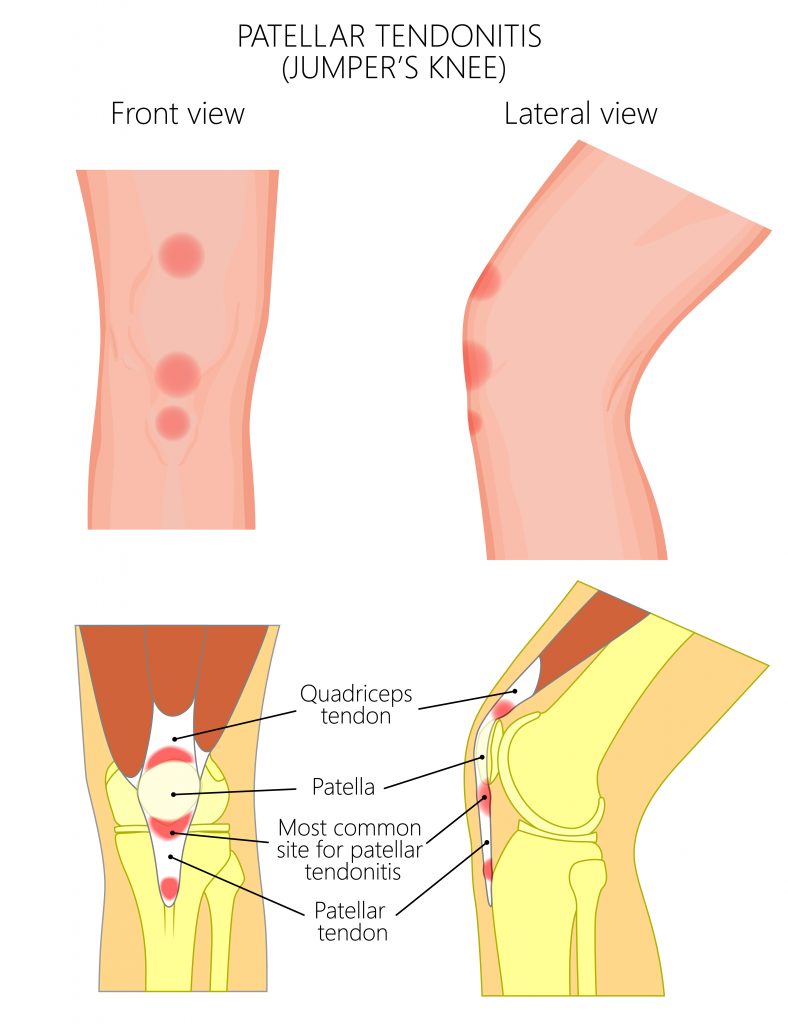What is Tendinitis?
Tendinitis is a very common problem. Tens of thousands of people develop tendinitis every year. Nearly everyone will experience tendinitis at some point in their lives. But just like every post here on LSO, this is specifically directed toward the functional fitness and cross-training population. We want to show you how to treat and prevent tendinitis, so you can keep working ouyt and staying healthy!
Briefly, tendinitis is a pain in the tissue connecting a muscle to a bone. It’s usually localized to an area of repetitive physical stress. Eventually, it causes pain, weakness, and even full tendon tears. Most tendons are near a joint, so tendinitis usually causes pain at or around joints, and most often while working out.
What Causes Tendinitis?
Tendinitis is generally caused by repetitive stress to a tendon that causes it to break down over time. Your tendons are made up of lots of microscopic fibers all bound together, kind of like a rope. All of your daily activities cause damage to those fibers. If you continuously injure more of those fibers than your body can heal, the tendon will weaken and begin to hurt. In fact, it may even develop large tears over time.

What is a Tendon?
A tendon is a strong piece of connective tissue that attaches a muscle to a bone. They have a somewhat different structure from ligaments (which connect a bone to another bone) but similar qualities overall. Tendons are mostly made of long bundles of collagen. And they have relatively poor blood flow, which limits how quickly they can heal. And they are home to many nerve endings. Most of those nerve endings help to control the tone, power, and reflexes of your muscular system.
But the nerve endings in tendons also tell your brain where your body and joints are positioned. This is called proprioception and it is very important in balance. But most importantly, at least for this article; tendons also have pain receptor endings. These nerves tell you when your tendons are injured or damaged. And when they do so, you should listen! I know, we are all bad at listening to our bodies. And we like to ignore what our bodies are telling us because of its often bad news. And who wants to hear that, right?
Muscles can have long thin tendons, like the muscles in your forearm. These have tendons that go all the way to the tips of your fingers. Some tendons are broad, like the area where your pectoral muscles attach to ribs. But every muscle uses tendon fibers of some kind to attach itself to a bone at either end.
When you take into account how many muscles you have, and how many tendons that translates to, and then remember that they heal slower than muscles do, its pretty easy to understand why tendinitis can be such a problem for functional fitness devotees and HIIT enthusiasts.

What is the Difference between Tendinitis and Tendinosis?
These two terms are often used interchangeably. However, they do imply a different cause for pain in a tendon. “Tendinitis” is used to describe the presence of inflammation in a tendon. “Tendinosis” means that there is structural damage to the tendon without inflammation.
Truly diagnosing inflammation actually requires inspecting the tendon for white blood cells under a microscope. And that sort of inspection requires a biopsy. But doing a biopsy to get that tissue is totally “overkill” in most situations. So it is difficult to say which tendons are inflamed and which ones are merely damaged. But microscopic looks at tissue taken during surgery show us that overuse tendon injuries do not show any inflammation.
Fortunately for most people, the difference isn’t really that important. True inflammatory tendinitis is very rare. And they both can be treated the same way. But in the medical community, we often use the term “tendinosis” since there isn’t any inflammation in most problematic tendons. For everyone else out there, its a “po-tay-to, po-tah-to” kind of issue. Don’t stress about it.
Where do you usually get tendinitis?
There are several areas of the body that are most prone to tendinitis with sports and lifting:
- Patellar Tendons
- Elbow Tendons
- Rotator Cuff Tendons
- Achilles Tendons
- Wrist Tendons
- Iliopsoas Tendons
- Hamstring Tendons
What Are the Risk Factors for Tendinitis?
- Tendinitis or tendinosis is typically caused by overuse and repetitive activities. These can be either athletic activities or work-related repetitive motions.
- Core muscle weakness can also lead to tendinitis in the extremities. When your primary core muscles are weak, your extremity muscles work harder to make up for it. Eventually, your tendon breaks down and is damaged, since they aren’t designed to handle that much stress.
- Poor ergonomics is a risk factor for tendinitis as well. This can be due to the position of your mouse or keyboard at work or the equipment you use in the gym.
- Body differences, such as differences in leg length or scoliosis, can also lead to increased stress on one side. These imbalances make tendinitis more likely on one side than the other.
- Medications like fluoroquinolone antibiotics (especially Cipro) can cause severe tendinitis. Doctors only prescribe these medications when absolutely necessary now.
- Other medical conditions like rheumatoid arthritis or gout can cause inflammatory tendinitis.
What are the Stages of Tendinitis?
Stage 1
Stage 1 tendinitis is when you have pain in the affected area intermittently. The symptoms are often noticed only with particularly high volumes or heavier weights. Maybe your patellar tendon only hurts after you’ve done 30 box jumps, or when you are at the bottom of a heavy squat. This is the perfect stage to intervene. It’s also the perfect stage to pretend that nothing is wrong. Which is why the Ven Diagram of “people with stage 1 tendinitis” and “people who ignore stage 1 tendinitis” is virtually a circle.
Stage 2
Stage 2 is when you begin to have pain every time you exercise. Your joint remains painful even when you are finished. In Stage 2 tendinitis, your performance is not yet affected. You may still be able to complete your normal workouts without scaling. “This is fine!” you tell yourself. You know you are lying. This knowledge typically still does not translate into any attempt to save yourself. For the love of all that is holy, please do something nice for yourself here!
Stage 3
Stage 3 tendinitis has gone quite far. Your pain so severe that it affects performance. The symptoms have made you stop doing certain things or quit exercising altogether because of the pain. Now you may notice swelling at the site of injury, as well. You may notice these things in an offhand way as you throw things and yell (my typical response) or kick things and cry ( my wife’s typical response) because you should be able to hit that lift, dammit!
An increased deposition of poorly-aligned tendon fibers causes the swelling of late-staged tendinitis. Your body is haphazardly trying to add more tissue to the damaged area in an effort to heal without having enough time to do it the right way. The tissue becomes structurally unsound, so you need more of it to do the same job. That’s why it swells!

How Do You Treat Tendinitis?
Adjusting your activity level is the first course of treatment for tendinitis. Tendinitis is your body’s way of telling you that you’ve done too much for too long. If you are in stage 1 or even stage 2, you can change your movement patterns and reverse the tendon issues!
That’s not to say you should stop exercising altogether. On the contrary, you should change what KIND of exercise you are doing. Instead of high volumes of repetitive exercises, switch to low repetition eccentric exercise as you can tolerate without pain.
The main treatments for tendinitis include:
- Activity Modification
- Eccentric Exercise
- Bracing (including Patellar Tendon straps and Elbow Tendon Straps )
- Physical Therapy
- Cross-friction Massage
- Steroid Injections
- PRP Injections
- Surgery (as a last resort)
If you have the symptoms of tendinitis and they persist for more than a couple weeks, it’s probably time to see a doctor. Feel free to use the list above to start a discussion with them about your treatment options!
In the world of functional fitness, constant high-volume fitness training programs are also a risk factor. Fitness routines at many small gyms now favor a “workout of the Day” or WOD. I notice a tendency for these WODs to favor high volume. Mixing in rest/mobility days and days with heavy weights and low reps can really help prevent and treat tendinitis! Those slow heavy days produce increased tendon fiber production. They also cause changes in the muscles which decrease the tension on the tendons at baseline, reducing daily damage!
Where To Go From Here
If you still have problems with pain from tendinitis, be sure to discuss it with your physician. Ask them about the options we’ve provided here. But remember: tendinitis is a problem that takes 6 months or more to recover from. It’s not unusual to have a bit of pain when you start back up with exercise after recovering from tendinitis. That’s just your body telling you that it’s not ready for prime-time yet. Set your ramp a little lower and ease back into the hardcore workouts. And remember, don’t do the same thing that lead to your problem. Adjust your form, forget bad habits, and vary your routine!


